Plants are always a wonder to me. They come in so many different forms and shapes and colors. As with most living things, they have mutations that occur either spontaneously or as a reaction to an outside agent. Fasciation is one of the most interesting of these mutations that occurs when the tissues in the growing point of the part of the plant called the apical meristem mutates.
Fasciation, or cresting as it is sometimes known, can happen in stems, flower heads, fruit, or roots. The causes include viral, bacterial, or fungal attacks, a reaction to insect or mite feeding, exposure to chemicals such as herbicides, weather extremes, and hormonal or genetic influences. In most cases the mutation is spontaneous and is not infectious.

Perhaps you have planted a bedding plant called Cockscomb before. Have you ever wondered how the flower became so distorted? Well, it is because of fasciation, or cresting. Cockscomb can inherit this trait and it is passed on in its seeds to future generations.
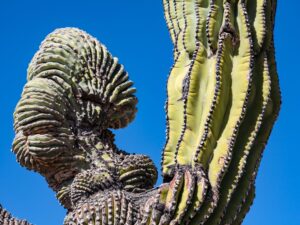
Other forms of fasciation occur on Cacti. The effects are called “cresting” in many cases. There are many cactus varieties which have these traits, and their forms have become quite popular.

You may have come upon a flattened stem or flat, ribbon-like growth on flower stems in the Lily family, or similar growth terminating in twisted and branched growth in the Pea Family. Some plants will have fused flowers as a result of fasciation.
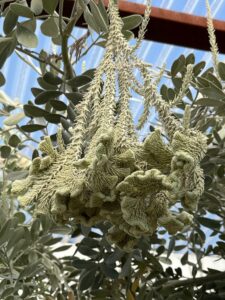
Texas Mountain Laurel, Dermatophyllum secundiflorum, is a member of the Pea Family which often produces fasciated growth on its flower buds. The flower buds become flattened and fused, resembling a moose’s antlers or a staghorn. It is unknown exactly why this genus produces this growth, but it is possible that it is a genetic anomaly that is stimulated by the factors listed above.
At any rate, this is just one of those surprises in nature that is sure to incite wonder. Enjoy and share with your friends.


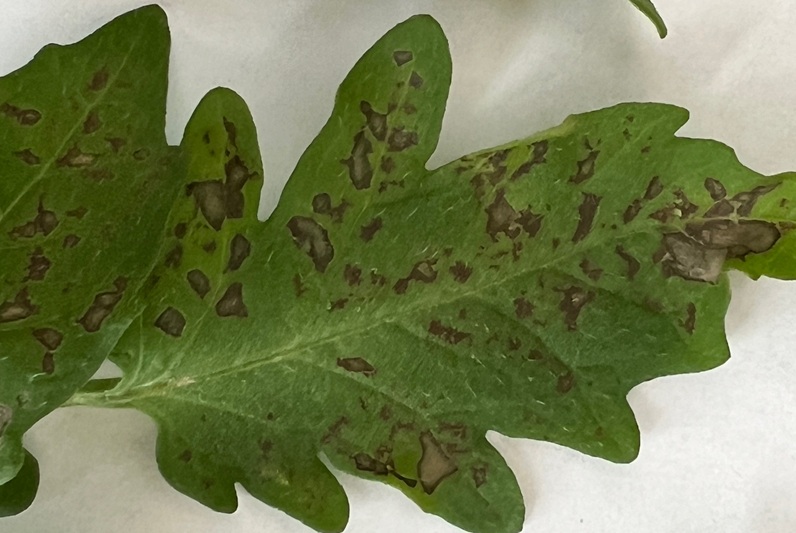
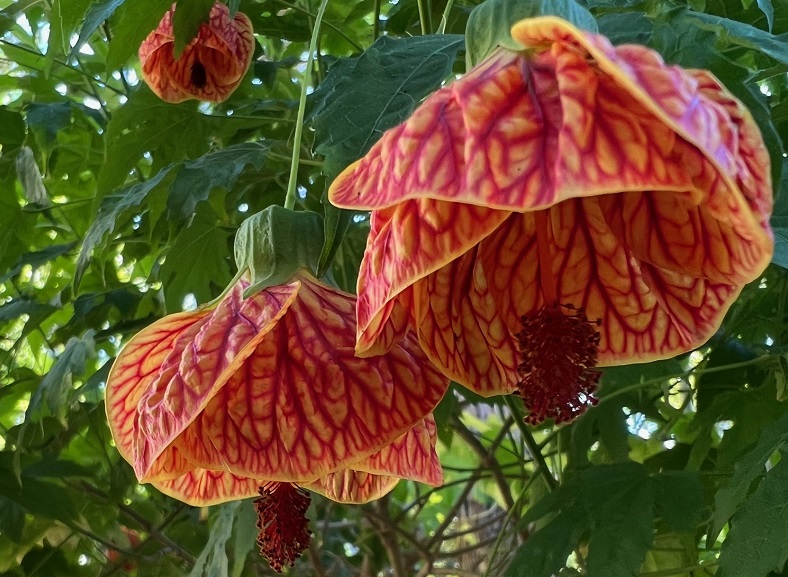
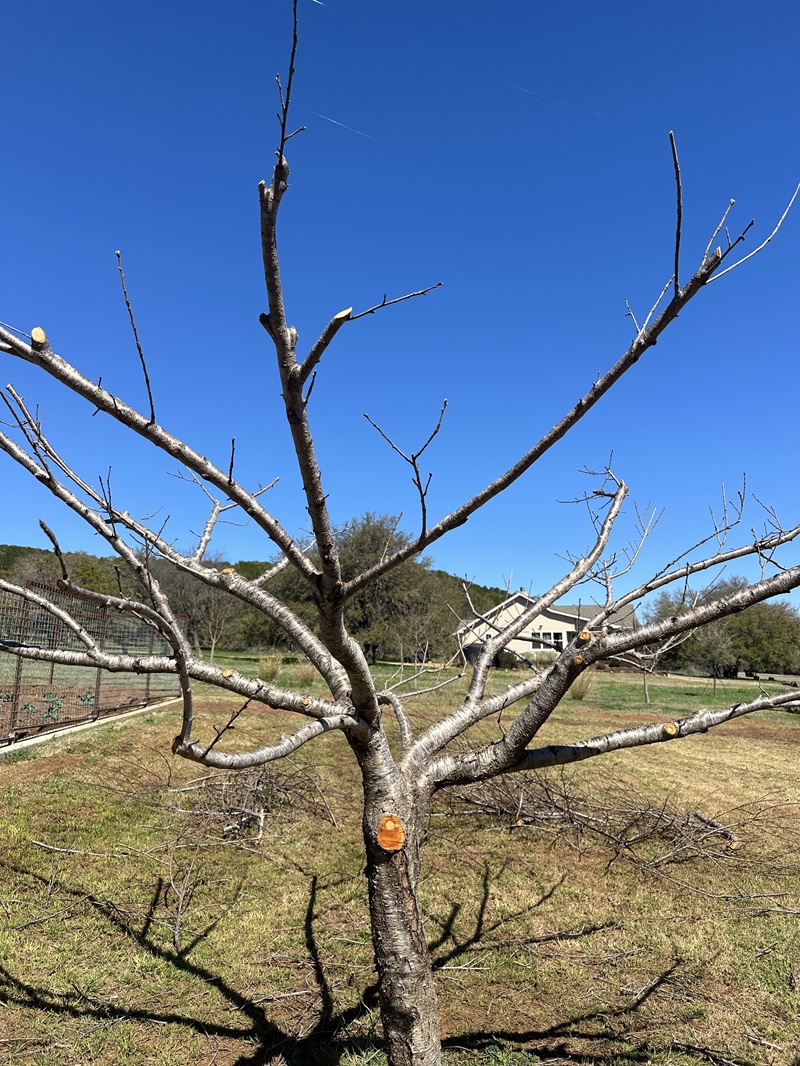
Leave A Comment